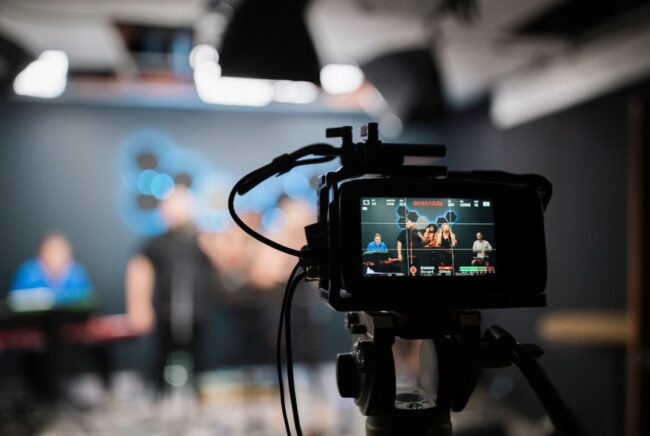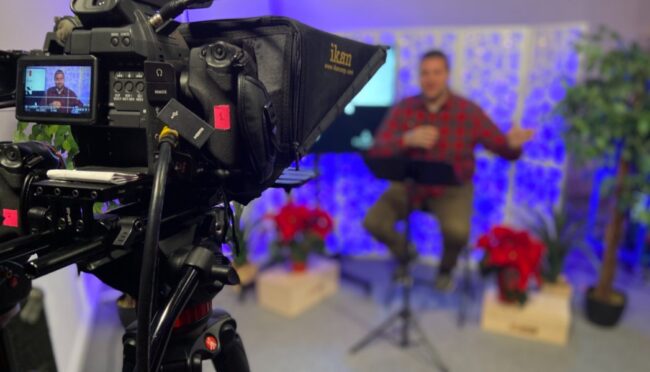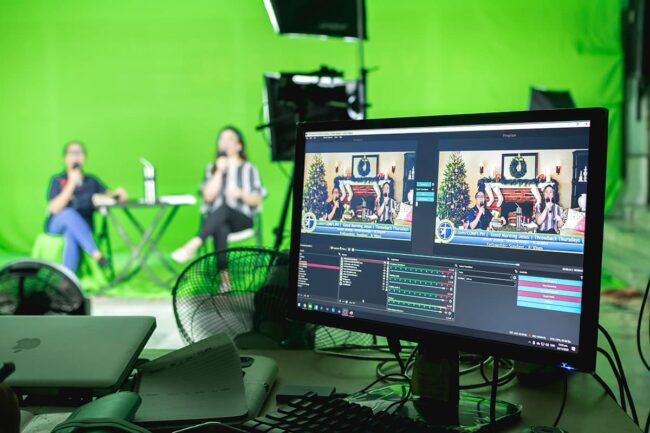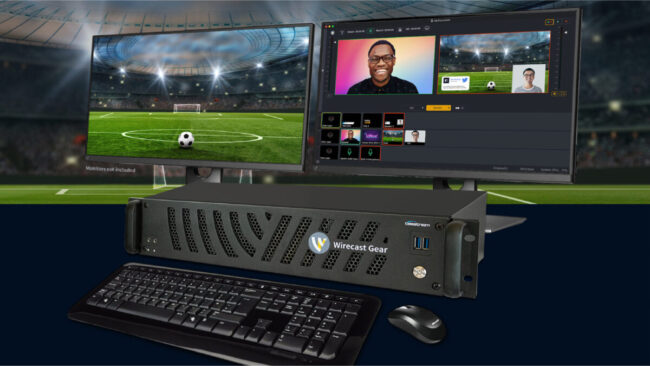
Live streaming is no longer a novelty. It’s a serious tool used by brands, content creators, educators, and entrepreneurs to reach and retain a live audience. But it only works when the delivery looks polished, sounds clean, and flows without glitches. Your gear must work as hard as you do.
Key Highlights
- Camera quality defines your viewer’s first impression.
- Clear audio builds trust and keeps viewers engaged.
- Lighting upgrades help create a polished, professional image.
- Stable internet is the backbone of any stream.
- Smart software adds control and automation.
- Visibility tools push your content in front of more viewers.
Camera Setup ─ Where Your Stream Begins
Webcams built into laptops are not enough. You need a standalone camera that gives sharp focus, smooth depth, and clean color. DSLR and mirrorless cameras offer that cinematic quality viewers associate with professional creators. For plug-and-play ease, go for a high-end webcam that supports manual exposure, white balance, and frame rate control.
Choose a camera that supports HDMI out and pair it with a capture card. Brands like Elgato or AVerMedia produce cards that convert HDMI to USB, letting your streaming software recognize the camera like a webcam. Don’t forget to disable auto-focus to prevent visual distraction mid-stream.
Position the camera at eye level, not above or below. Clean backgrounds, soft backdrops, and slight depth of field give your video a magazine-cover feel. Presentation matters. Visual sloppiness creates doubt, even if your message is strong.

Audio ─ The Element That Builds Authority
People will tolerate a less-than-perfect image. They won’t tolerate poor sound. Audio fatigue sets in quickly when voices sound thin, echoey, or muffled. That’s why your mic setup must deliver warmth and clarity.
Start with a condenser microphone for desk setups. If you move around or host live tutorials, consider a wireless lav mic. Connect it through an audio interface for added control. Devices from Focusrite or PreSonus clean up your signal and eliminate distortion.
Add foam panels to your walls if you’re recording in a room with echoes. Small details like mic distance and speaking angle make a big difference. Don’t talk directly into the mic—aim your voice across it. Always check levels before you go live.
Internet ─ The Silent Killer of Good Streams
Nothing ruins a stream like lag, pixelation, or frozen frames. Even the best gear falls apart without a strong upload connection.
Never stream over Wi-Fi. Use an Ethernet cable connected directly to your router. Test your upload speed before every session ─ aim for at least 10 Mbps. For 1080p streaming, you need consistency, not just speed spikes.
Use a wired backup internet option if your work depends on uptime. Hotspots can save you in emergencies but don’t rely on them long-term.
If your stream fails halfway, most viewers won’t come back.

Light Like a Pro
Bad lighting ruins good cameras. It flattens faces, exaggerates flaws, and lowers perceived quality.
Three-point lighting is the gold standard:
- Key lght: Main source, placed at a 45-degree angle.
- Fill light: Reduces harsh shadows on the opposite side.
- Back light: Adds depth by separating you from your background.
Ring lights work, but they can create circular reflections in glasses and don’t add dimension. Softboxes, LED panels, or even smart bulbs can deliver pro-level results if positioned correctly.
Adjust light warmth to match your skin tone. Experiment with placement before going live.
Software Is the Command Center
Once the hardware is in place, you need software to pull it all together.
OBS Studio is free and flexible. Streamlabs offers a smoother interface but uses more resources. Both support:
- Multiple scene setups
- Custom overlays and transitions
- Real-time audio and video mixing
Don’t stick with default layouts. Customize your scenes. Add visual identity through logo overlays, animated transitions, or live chat integrations. If you stream regularly, organize your setup so switching formats takes seconds ─ not minutes.
Run test streams before each session. Record and review them for flaws. Don’t assume it’s “good enough.” Quality is remembered.

Grow Your Audience Smarter
Your content might be solid. But discoverability is a grind. That’s where visibility platforms make a difference.
Services like jaynike.com help creators grow faster by boosting subscriber counts, likes, and views across platforms like YouTube, Spotify, SoundCloud, and Apple Music. For streamers in early growth phases or those launching new channels, using such services can help tip algorithms in your favor.
Keep in mind—these tools only work when paired with strong content. Don’t chase numbers blindly. Use visibility boosts to amplify content that deserves attention.
Audio Interfaces and Monitoring Tools
Audio interfaces are your bridge between pro microphones and your computer. They clean your signal, boost volume without noise, and give fine control over gain.
Use mixers when you stream with multiple inputs ─ like a guest’s mic, background music, or instruments. You can control each source live without disrupting the flow.
Always wear monitor headphones. Consumer headphones mask flaws. Monitor headphones reveal issues before the audience hears them. Catch buzz, hum, or low-level distortion in real time.
Gear Extras That Actually Help
After your core setup is stable, a few add-ons can boost comfort and efficiency:
- Stream deck ─ Trigger effects, switch scenes, mute audio instantly.
- Teleprompter ─ Speak confidently during scripted segments.
- Green screen ─ Replace messy backgrounds with clean branding visuals.
- Noise gate ─ Cuts off low-volume background sounds between speech.
Only buy gear that solves a real problem in your setup. Don’t fall into the trap of gadget collecting.

Don’t Neglect Small Accessories
Tiny oversights lead to big disasters mid-stream.
- Always have extra cables. USB, HDMI, and power cables fail at the worst times.
- Mount everything securely. A falling camera or mic is unprofessional and disruptive.
- Use uninterrupted power supplies (UPS) for longer streams. Sudden outages won’t shut you down.
These aren’t luxury items—they’re safeguards that separate pros from hobbyists.
Conclusion ─ Your Setup Tells a Story
People make assumptions in seconds. If your lighting is harsh, your mic pops with every “p,” or your camera shakes when you type ─ they’ll assume you’re not serious.
Professional streaming means control. Control over visuals, sound, pacing, and delivery. That requires more than gear. It requires intention.
Start simple, but don’t stay simple. Get the basics right: strong camera, clean audio, reliable internet, balanced lighting. Build your scenes carefully. Customize your stream layout.
Every piece of equipment sends a message. Make sure yours says you’re worth watching.
